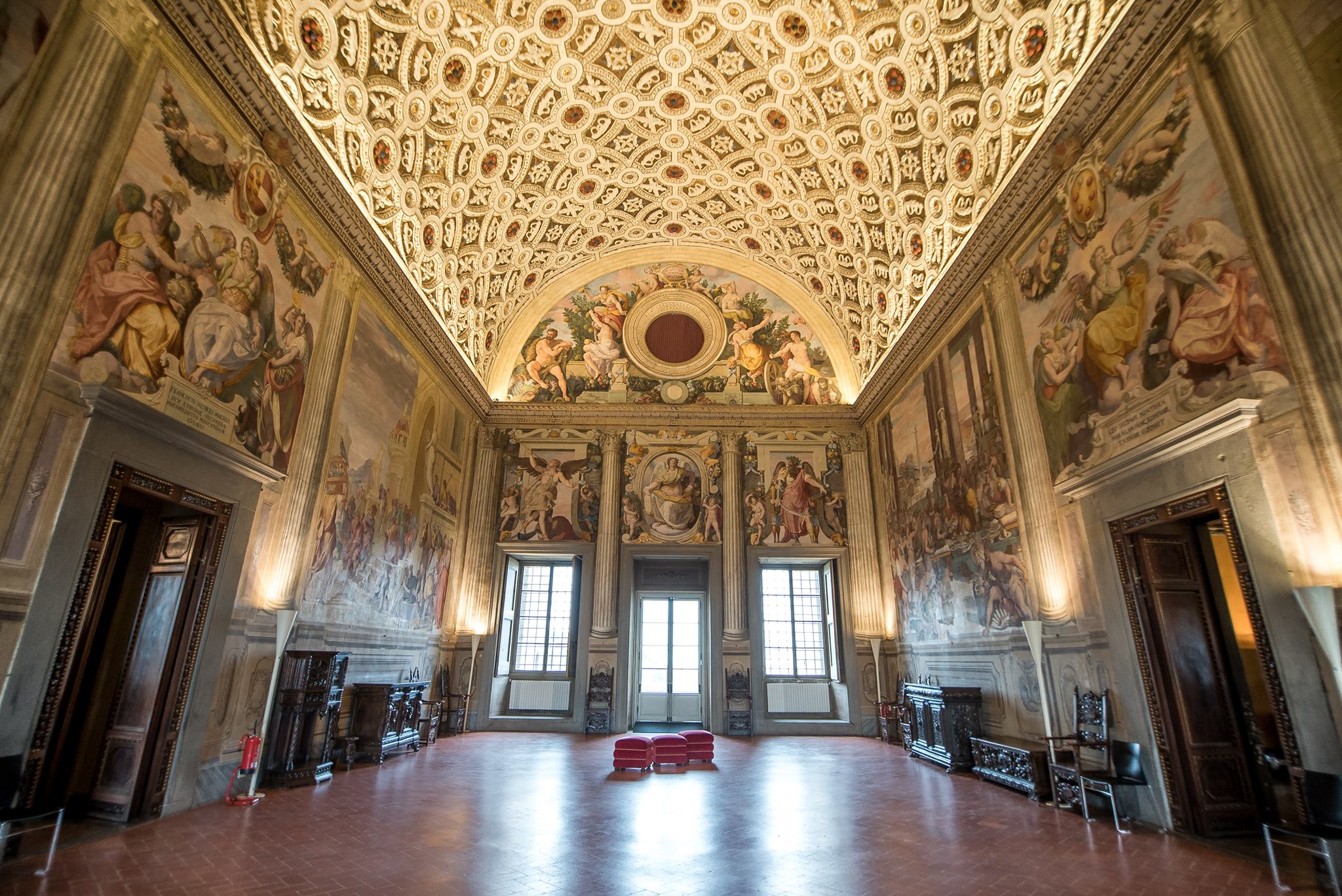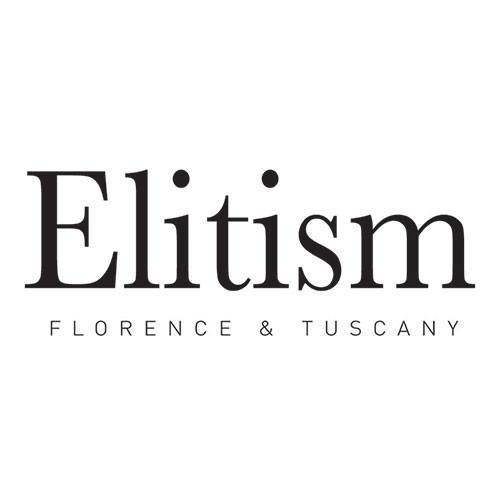The Medici villas are rural architectural complexes, located around Florence and Tuscany, which came into the possession of the Medici Family through various means between the 15th and 16th centuries.
Among these, the Medici villa at Poggio a Caiano is one of the most famous. It is located in the Municipality of Poggio a Caiano, in the Province of Prato.
The villa is almost certainly the best example of architecture commissioned by Lorenzo the Magnificent to be designed by Giuliano da Sangallo in 1480. It is strategically situated at the centre of a hillock in Montalbano, and was in fact initially a fort built by the Cancellieri Family of Pistoia. Lorenzo dei Medici, through his architect, was one of the first to create a rural space where the land was shaped to meet more peaceful needs, transforming the villa into what would become the prototype of the country mansion for centuries to come.
In fact, the idea of the Villa-fortress was beginning to wane for political reasons, due to a period of peace and stability, where man was seen as a sculptor of the landscape for its enhancement.
One of the most iconic Medici country residences, it is perfectly integrated into the landscape. Its distinctive features include a pleasing facade embellished with columns, loggias, a staircase with two arms and a classical pediment.

At the time of Leo X, work on the frescoes in the main living room began, created by great artists such as Pontormo and Andrea del Sarto. The villa was always used as a summer residence by the Medici, and as well as hosting important people of the time, it was also the setting for famous weddings such as the one between Alessando Medici and Margaret of Austria, and between Cosimo and Eleanor of Toledo.
Between the 17th and 18th centuries, the Villa was the favourite residence of Cosimo III, Prince Ferdinando, a great art lover and the last Medici descendent to still add embellishments to the structure. It passed to the Hapsburg-Lorraine grand dukes until the Napoleonic conquest when Tuscany came under French influence.
Elisa Bonaparte, Napoleon’s sister, chose it as her residence, and in 1811, she commissioned further restoration and renovation works, and particularly in the gardens where a large English park was created.
Only in 1919, after Florence’s time as capital, did Emanuele II give the Medici villa, newly restored and extended, to the Italian State. During the Second World War, it was used as a “shelter” for important works from all over Tuscany, and later, in 1984, it was recognized as a national museum. Since then, there has been a series of major restorations lasting until 2007, and finally in 2013, the villa became a UNESCO World Heritage Site.

